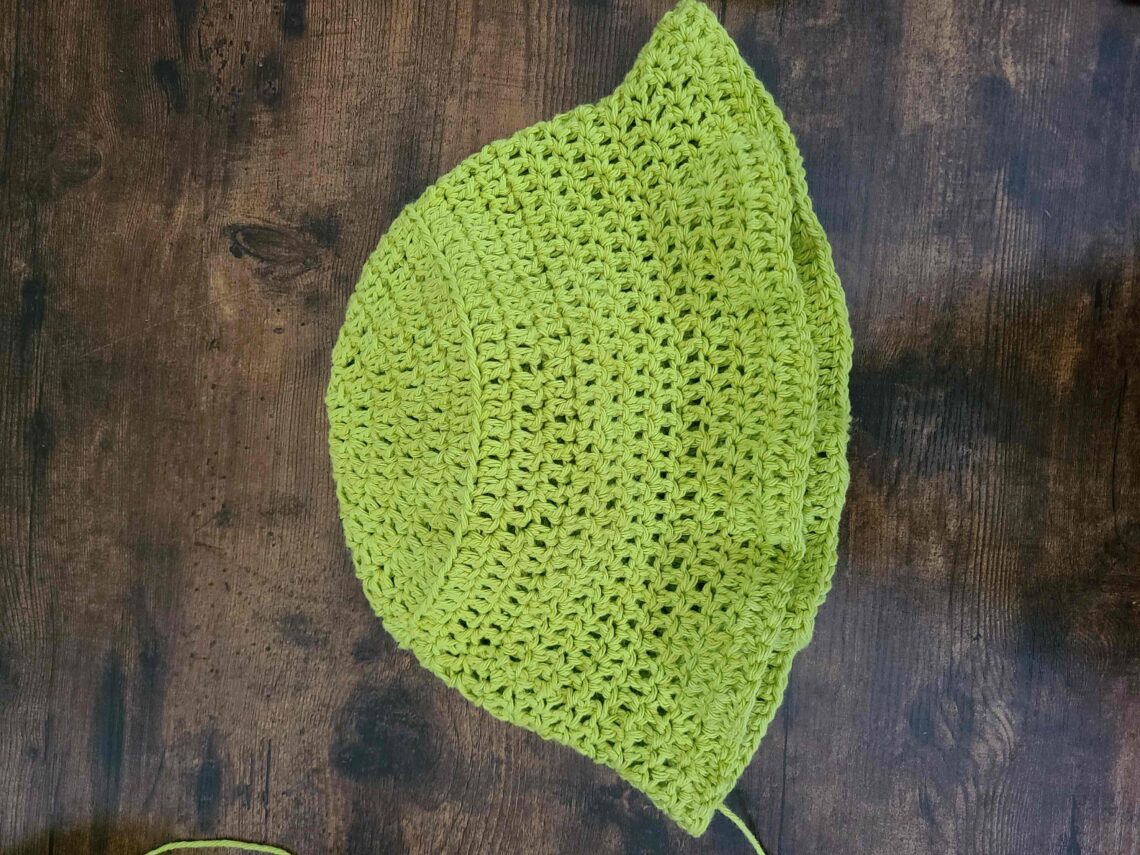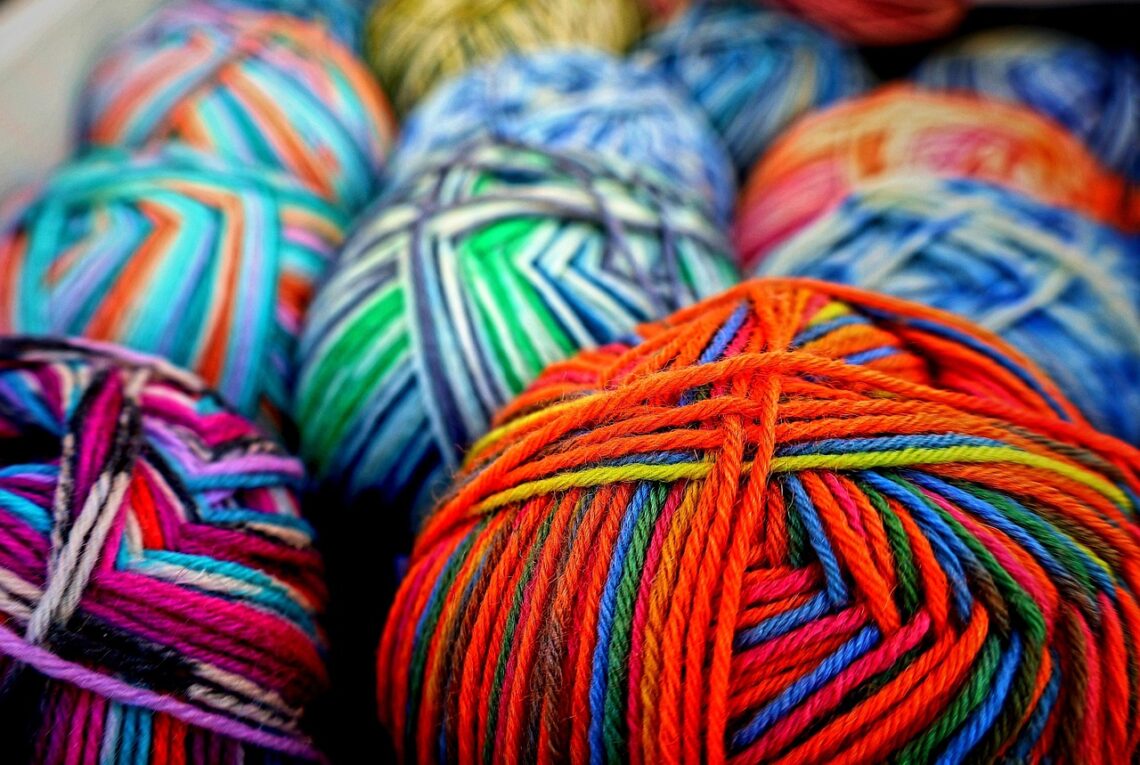I can’t believe the semester is already over! It seems like just yesterday, I was trying to figure out where to begin this project. When I chose to learn crochet, I knew I wanted to challenge myself to learn something creative, hands-on, and completely new to me. What I didn’t expect was how much I would come to love the process of crocheting, and the sense of accomplishment I’d feel with each small finished piece. This project became more than just a newly acquired skill; it became a space for growth and patience! As I wrap up my learning project for the semester, I’m excited to reflect on where I…
-
-
Learning to Read Crochet Diagrams on TikTok
After finally getting the hang of reading written crochet patterns, I decided to tackle something new; crochet diagrams! I’d seen them before, but I was always intimidated by the cluster of symbols that made no sense. So, I did some digging and found a really helpful guide on how to read a crochet diagram. This article breaks down how to read crochet charts step by step. Unlike written patterns, which spell everything out with abbreviations, diagrams use symbols to represent stitches. At first, it was a little overwhelming, but once I started to recognize the different symbols, it actually made a lot of sense! To help things click, I followed…
-
Learning to Read Crochet Patterns
A few weeks back, I attempted to learn to crochet my bucket hat by reading this pattern I found online. I found it to be a little frustrating and confusing. However, I thought I would try it again since it will be useful for future projects. I realized that the abbreviations would be handy as I tried my second attempt at a cotton bucket hat. Since I was exploring with adjusting the size of my hat, I needed to write down what I was doing as I went along. My reasons being: I wanted to keep track of my rows and stitches. I might want to make this hat again…
-
Yarn Tension and Crocheting
So, last learning project post I was attempting to use cotton yarn for the first time, and exploring adjusting the size of the hat. As I continued with my bucket hat, I quickly realized that my stitches were too tight, leading to a misshapen piece that was waaay too small for me or my partner’s head… oops! (see failed attempt on the right) Determined to improve, I delved into the world of yarn tension, a fundamental aspect of crocheting that I’m still learning to perfect. Yarn tension refers to how tightly or loosely you hold your yarn while working, directly impacting the size and appearance of your stitches. Achieving consistent…
-
Crochet Bucket Hat: What I Learned from Blogs
As I mentioned in my last learning project post, I have picked out the yarn for my final project; a lime-green cotton yarn. As I started up my next hat with my new yarn, I wondered how I could make size adjustments to the hat, because I’d like to make one for my partner. Aaaand I might have seen a crocheted cat hat on Instagram and now my cat needs one too! So, I found this blog to follow along with. I quickly realized what I needed to do to get the perfect shape and fit. One of the biggest things I learned was how to work in only the…
-
Exploring Yarn Types
When I first started crocheting, I had no idea how much the type of yarn you work with mattered. Now that I’m feeling inspired by this hobby, I have been checking out the yarn at Walmart and Micheal’s when I go out. Naturally, I gravitate to the pretty colored yarns, completely ignoring what they are made of. I decided to look into it more and I came across this article from The Spruce Crafts, and it turns out there’s a big difference in yarn types! I learned that cotton yarn is a sturdy yet breathable fiber, so it’s perfect for projects like tote bags, dishcloths, and summer clothing. While acrylic…
-
Trying A New Crocheting App
Since starting a bucket hat, I’ve learned that it’s important to keep track of how many stitches and rows you complete as you go along. So, for this week’s learning post, I decided to try a free app I found called Easy Knitty. This app is used for counting rows and/or stitches when crocheting or knitting. Other features of the app include the ability to create multiple projects, and a stopwatch feature to see how much time you’ve spent on a project. Until now, I have been tallying my rows on scrap paper, or even my hand so I don’t forget. Is the app a better option? Here’s my thoughts…
-
Hooked on Words: Crocheting without Visuals
Struggles of a Visual Learner Throughout the semester, I have primarily learned how to crochet by watching videos on YouTube and TikTok. In general, I learn better by observing first and then attempting it myself. More so, I tend to get confused when reading, or even listening to a set of instructions. Kind of like when someone is explaining the rules of a card game that you’ve never played before… I’ll probably understand better once I’ve played a couple of rounds. Despite my challenges, I decided to try to learn how to read a crochet pattern I found on this website. What I Liked The PDF that I purchased from…
-
Dre Crochets on TikTok!
My First TikTok! In my last post, I mentioned how the app I use the most on a daily basis is TikTok (cue internet slang that only the most chronically online will understand… totally not embarrassing). While TikTok is full of the latest trending sounds, memes, and endless entertainment, there is something to say about the learning aspect of this app. So, rather than doomscrolling on TikTok, I decided to use it as a tool for this week’s learning project post! Technical Difficulties I initially tried to edit the video I recorded for my learning project post on TikTok, but it didn’t work out… After an hour of editing on…
-
Crocheting for Beginners 101
Great, I’ve decided on crocheting as my project… Now what? I have a rough idea of what I need, but I have no idea where to start- What type of yarn do I need? What size of crochet hook? This beginner crochet guide I found proved to be very helpful on my trip to get supplies. I went to Walmart to get all the necessary items for beginning my project. My entire trip costed less than $20. After some research, I learned that acrylic yarn is the best option for beginner-level crocheting. It’s also recommended that the yarn be a solid, light color so the stitches are easier to see.…



